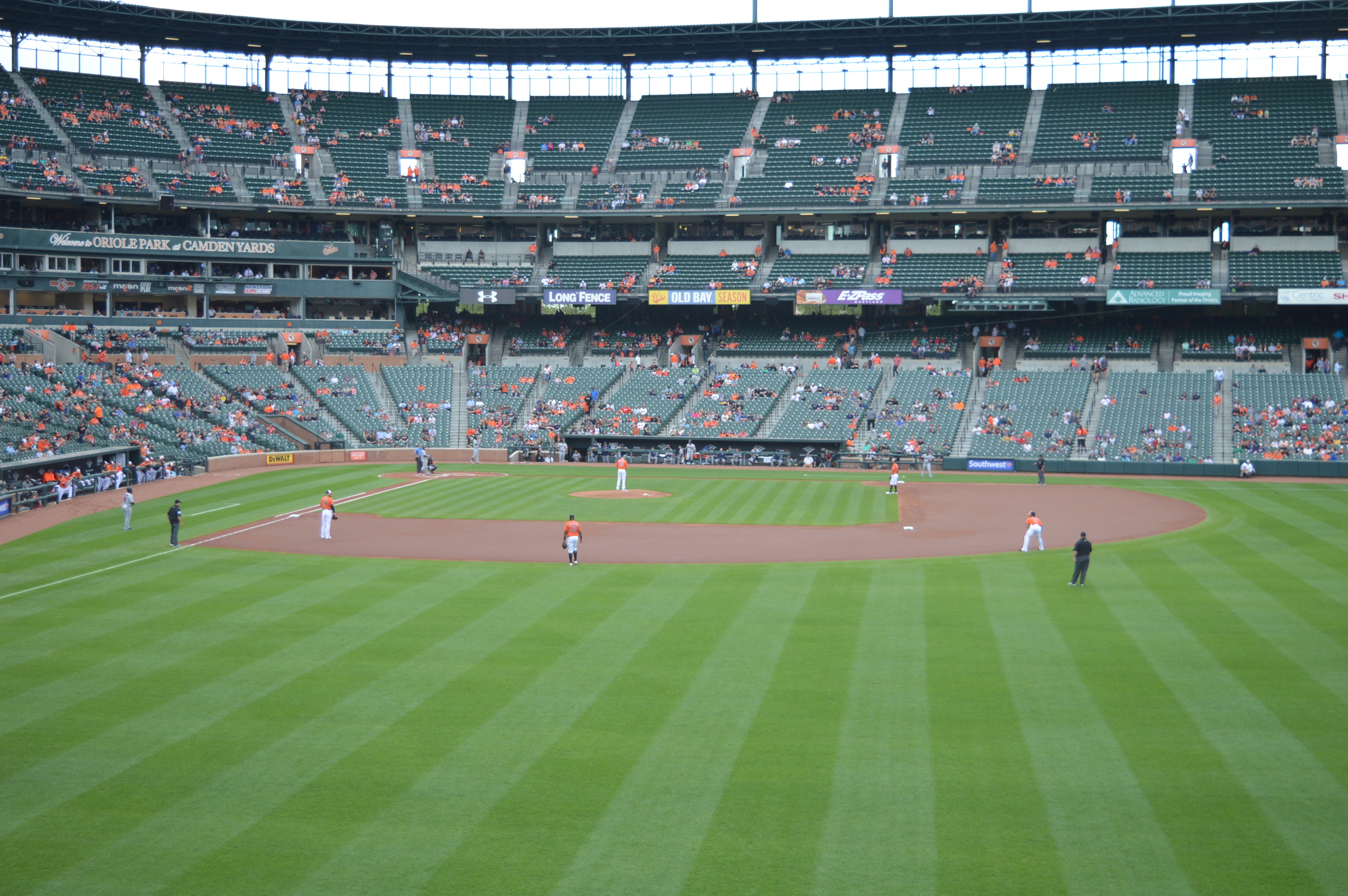In ownership change, Orioles need local money to step to plate
BALTIMORE – It’s gratifying that so many people read last week’s column here about the Orioles, and it’s nice that so many media outlets responded to it, and unsettling that so many chose to focus on one element of the story without the distressing history that preceded it.
No, the Orioles are not likely to leave Baltimore. As I wrote last week, rumors of a move to Nashville “take on legitimacy mainly because of sinking attendance at Oriole Park. But knowledgeable sources say the (Angelos) family would much rather sell – and keep the club in Baltimore, if a local buyer can be found.”
But the ballclub is likely to be sold, according to very good sources – not today, maybe not this year, but sooner rather than later. And we’d better not take it for granted that they’ll be sold to local investors who would guarantee they stay here and not sneak into the dark like some other ballclubs of beloved memory.
Some of us remember a pro basketball team called the Baltimore Bullets, who gave us the fabulous Earl Monroe and Wes Unseld and Gus Johnson but then slipped out of town without anybody offering a serious challenge to keep them here. In the city’s post-riot era, they simply weren’t drawing enough fans to their downtown home court.
Goodbye, Bullets.
Some of us remember the Baltimore Colts when they were the town’s secular religion, selling out every game year after year until Robert Irsay soured the whole town with his drunken rages. Attendance plummeted. So Irsay kidnapped the team when nobody was paying attention.
Goodbye, Colts.
Then there was Edward Bennett Williams, the great attorney out of Washington. He owned the Orioles when we were still suffering after-shock over the loss of the Colts. Would he try to take them to D.C.?
He had no intention of doing that, he said. This was a lie. At the same time he was issuing public assurances, he had his people examining possible locations for a new baseball stadium in the D.C. area.
When pressed for assurance he wouldn’t move the team, Williams then said the O’s would stay here as long as attendance was high enough. How much was “high enough?” Williams refused to say. It was the only ransom note in history without a specific price tag. Fortunately, we kept filling up the ballpark in those days.
When Williams’ successor, Eli Jacobs, was forced into selling the club, that’s when Peter Angelos stepped forward, out-bidding serious out-of-town money. Angelos was seen as a municipal savior. We’ve had good years and bad under his ownership – but he’s kept them here, and there’s never been even a hint about the possibility of leaving until the past year, as his health has deteriorated.
Add to this the growing anxiety over the Preakness Stakes leaving Baltimore’s historic Pimlico Race Course – they’re already down to about a dozen racing dates a year there – and you have a city wondering about its identity as a serious sports town.
Reciting all of this municipal history hopefully offers some context to today’s situation. Attendance at Oriole Park is embarrassingly low. Peter Angelos, who’s been the principle owner of the team for the past quarter-century, is 90 years old. His sons, according to very good sources, want to sell the team.
And they want to sell to local investors. The Angelos sons are Baltimore lifers, and they know how the town would bleed if the Orioles were taken away. But, in any legitimate look at the team’s current situation, and the rumors that have circulated for months, that possibility has to be mentioned – even if it’s a small possibility, which it is.
We reported that – in a single paragraph – and that’s the angle that’s drawn the most response, from various media outlets, and from anxious fans. Moving the club, though, is a longer shot than the O’s reaching .500 ball this year.
Among those responding to the piece was radio’s Nestor Aparicio. He’s had a long public feud with Angelos. But, in a social network remark, he referred to last week’s piece here as a “cry for help.” I think he got it right.
I approached the story as a fellow who’s followed Baltimore sports since the birth of the Orioles and the Colts, and I’ve listened to the rumors, and so I went to well-connected people who would give me the existing facts as they know them today.
And I put those facts in the context, also, of Baltimore’s history – and maybe as a wakeup call, a “cry for help” from, among others, some local folks with deep pockets who might step up to the plate before the score gets too lopsided for a late-inning win.
Do we still have such people here?

Michael Olesker, columnist for the News American, Baltimore Sun, and Baltimore Examiner has spent a quarter of a century writing about the city he loves.He is the author of several books, including Michael Olesker’s Baltimore: If You Live Here, You’re Home, Journeys to the Heart of Baltimore, and The Colts’ Baltimore: A City and Its Love Affair in the 1950s, all published by Johns Hopkins Press.

